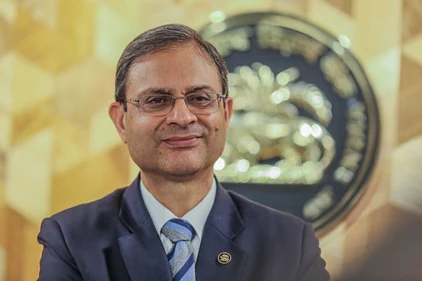The proposed study, according to an official, will concentrate on “packages” or groups of these schemes in nine areas, which account for more than 10% of the Union budget.
According to two individuals informed of the development on Sunday, the Union government is currently having multidisciplinary consultancies examine all major centrally sponsored schemes for performance, efficiency, and implementation. This process would help recast and rationalize the schemes.
Niti Aayog, the state-run think organization, will select the multidisciplinary consultancies based on competitive bids.
According to an official, the proposed exercise will concentrate on “packages” or groups of these schemes in nine industries, which account for over 10% of the Union budget. Through competitive bids, the multidisciplinary consultants will be chosen by Niti Aayog, the state-run think tank.
Important policies are regularly monitored and recommendations are made by government agencies and the Niti Aayog. Prior reviews have assisted in cost reduction, program consolidation, and a reduction in the overall number of programs.
To improve economic and social sector outcomes in areas including assured rural employment, rural roads, housing, irrigation, health, and agriculture, the Center presently oversees roughly 37 centrally supported programs.
According to a second source, the new review aims to provide a comprehensive assessment of projects and their sectors, as well as examine the outcomes of programs provided by the Center to states with unconditional funding, allowing them complete discretion in spending the funds.
NK Singh’s 15th Finance Commission brought attention to the problem of wasteful spending on development initiatives. “Even with some recent streamlining, there are still a lot of discretionary cost-sharing government-sponsored schemes and non-matching central sector schemes that are being used to channel India’s specific-purpose transfers, which is concerning. They are typically not connected to results,” it had said.
States carry out all these programs, although the distribution of funds for most of them is 60:40 between the federal government and the states, except the northeastern and hill states, where the ratio is 90:10.
Certain programs, like the Jal Jeevan Mission, have equal center-state shares of 50:50 in every state except the northeastern and hill states, where it is 90:10.
Additionally, the government manages a few central sector programs that receive all their funding from the Center. Furthermore, there are what are known as “core of core schemes.” The Union budget for 2024–25 increased funding to the six “core of core schemes” by 3%, from revised estimates of ₹1.08 lakh crore for 2023–24 to ₹1.12 lakh crore for 2024–25.
These include the National Social Assistance Program, the Mahatma Gandhi National Rural Employment Guarantee Scheme (MNREGS), the Scheduled Tribes Development Program, the Scheduled Castes Development Program, the Minorities Development Program, and the Other Vulnerable Groups Development Program.
According to the second official, the proposed examination will categorize schemes into three groups: those introduced before the 15th Finance Commission, plans introduced during the commission’s cycle, and new schemes introduced recently.
One of Niti Aayog’s recommendations for exercise indicates that “schemes launched before the 15th Finance Commission cycle (before 2019–20) are more amenable to full-scale evaluation.”
The rules state that “The 15th Finance Commission cycle introduced new schemes, which require time to launch, stabilize, and take off”. However, only a limited evaluation of these “new schemes’ progress” can be made at this time.
“Most programs encounter difficulties because poorer states are unable to produce sufficient funding, and this should be considered in the assessment.” Alok Mohan, an economist from the Indian Statistical Institute, stated that it is necessary to determine which schemes need matching money.




